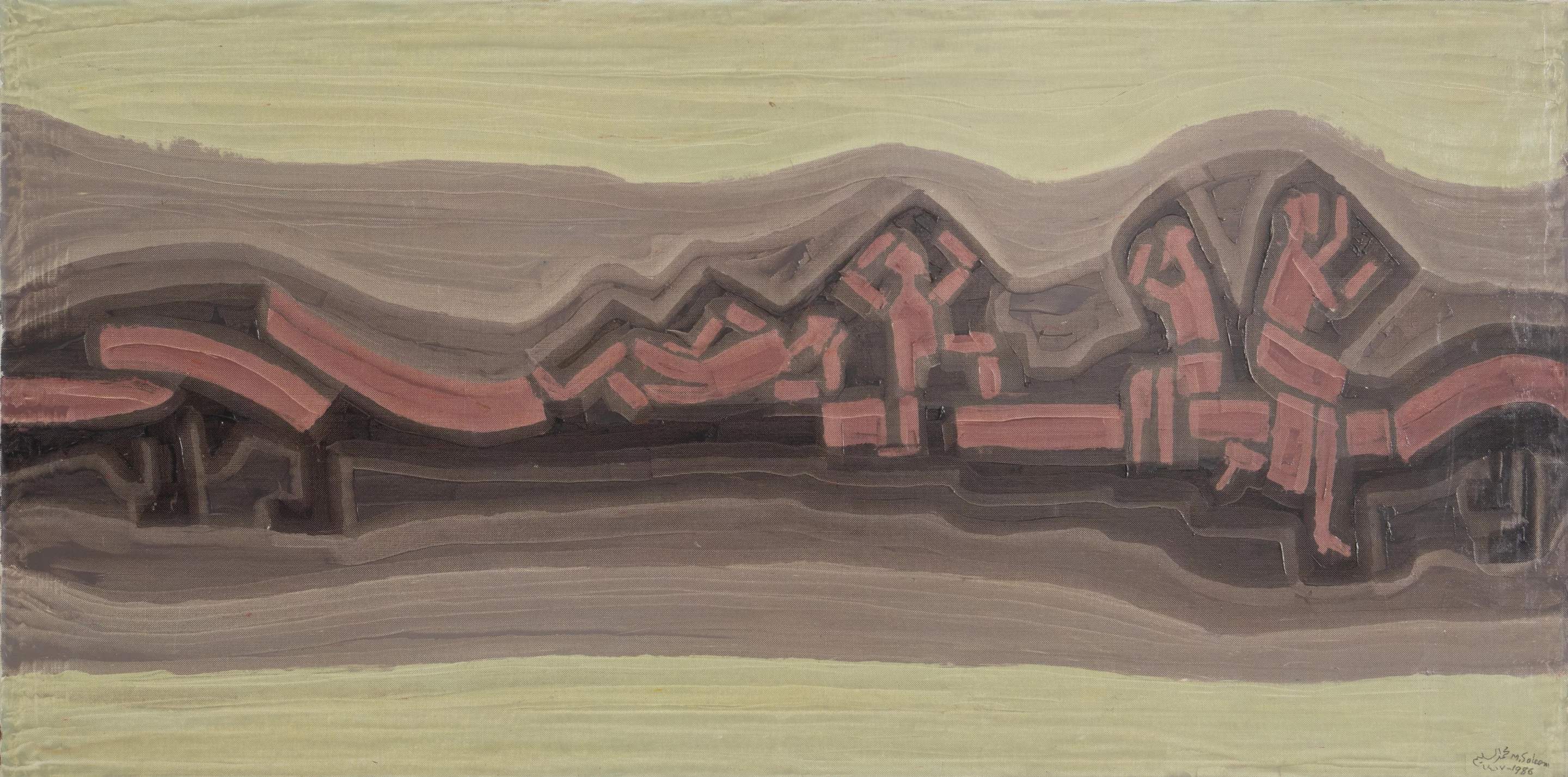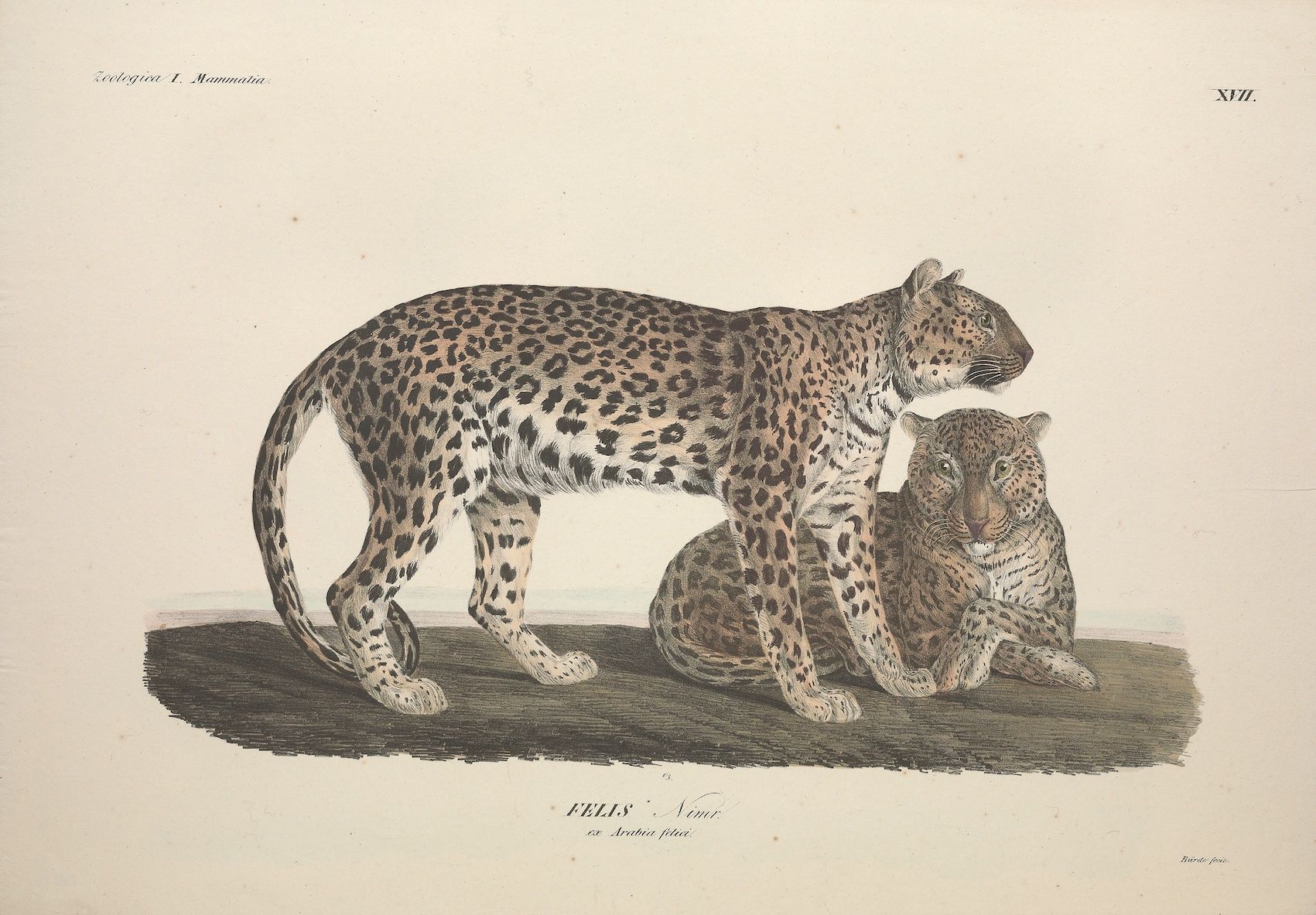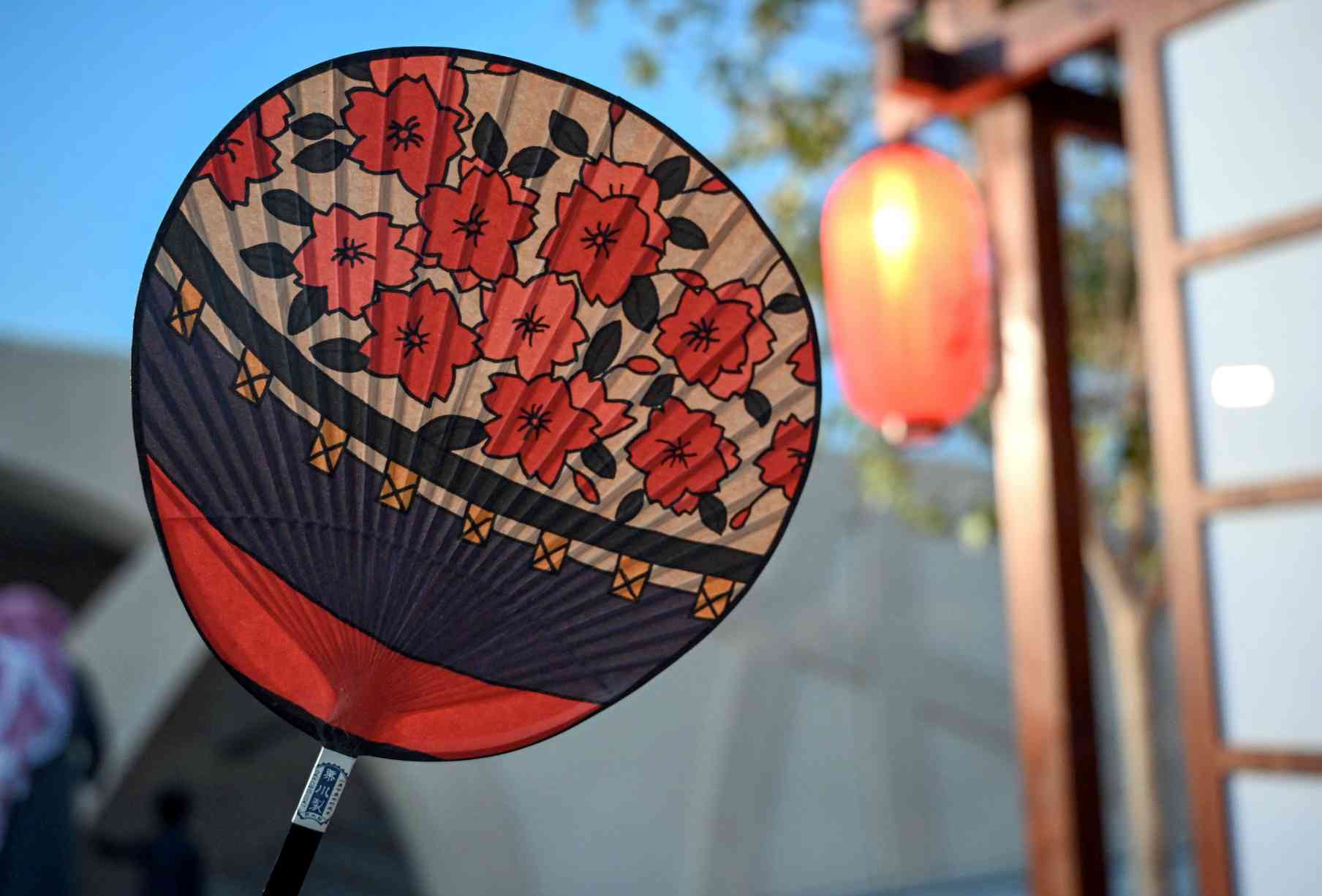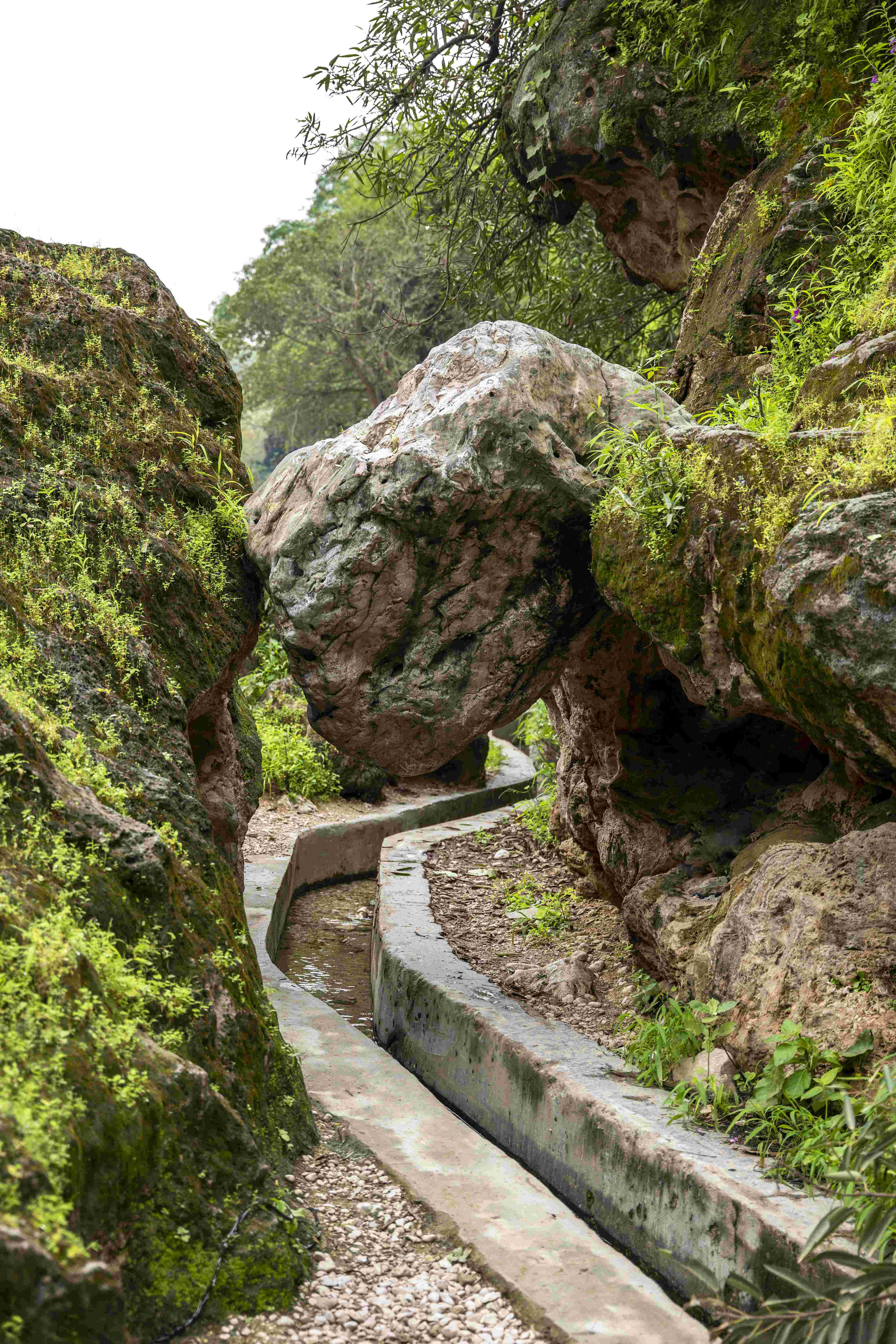Art you Should Know
"Colour classification according to Mr. Chevreul's system", print by René Henri Digeon, after an image by M. E. Chevreul; plate II in Les phénomènes de la physique (1868) — Source. As published in The Public Domain Review.
Art is life and life is art. In this special section of each edition, we will be highlighting art that has impacted our world in one way or another, inspiring new forms of art, new artists, and even challenging how we view and create art.
Art is more than an artwork, it is a philosophy, an exploration of our world, realities and unrealities; sometimes pushing the boundaries of our own mindset, and how we express ourselves and our stories.
Here we discover three art pieces and their stories, each of which has left its mark on the art world.
In a way, this painting represents exactly what is drawn: A square. It does not represent anything else.
“In the year 1913, trying desperately to free art from the dead weight of the real world, I took refuge in the form of the square,” wrote Kasimir Malevich (1879–1935).
Malevich — born in Kiev, modern-day Ukraine, to an ethnic Polish family — is the father of ‘Suprematism,’ an early twentieth-century art movement focused on the fundamentals of geometry.
This art movement impacted abstract art, and is about the supremacy of colors and shapes in painting. By focusing on just geometric shapes and a few colors, the artist can focus on the painting itself and not be distracted by representing a story, a scene, a landscape or a person.
It was the basis on which abstract and conceptual art movements were widely built – changing the art world forever.

What does this painting represent? Kazimir Malevich, 1915, Black Suprematic Square, oil on linen canvas, 79.5 x 79.5 cm. Credit: Tretyakov Gallery, Moscow.
This painting is a unique interpretation of what we may see every day in parts of Saudi Arabia — a desert landscape.
“I have focused on studying the colour and composition of the desert environment, in content and form, through the effect of the force of the sun on the desert landscape, so that colour values have vanished, an effect common to Impressionist paintings. I compensated by using bronze colours, and basic colours with a focus on their warmer tones, in order to convey a realistic impression of the force of the sun and the extent of its effects on our nature…If we had to give this a label, we might call it ‘desert art,” wrote the late Mohammed Al-Saleem, in “Kalima min Ajl al-Fann” Source: Riyadh - Saudi Arabian Society for the Arts, 1976. (12-16.)
Famed for his ‘horizonism’ style that was inspired by observing the skyline of Riyadh from the desert, the Saudi artist Mohammed Alsaleem’s (b. 1939, d. 1997) artworks are a delight to rediscover as they re-imagine the Saudi landscape in a unique style. The 1986 artwork featured here is a unique interpretation of the horizon of distant dunes of the desert through contained slabs of color.
He was one of the first to hold an exhibition in the city of Riyadh, in 1967. His work often fused modernist abstraction with traditional elements from daily Saudi life. He founded Dar Al-Funoon Al-Sa’udiyyah in 1979, the first art house in Riyadh and a multipurpose creative space where artists could meet and exhibit their work, as well as find art supplies which were not readily available in the country at that time.

The late Mohammed Al-Saleem 1986 artwork, ‘Untitled,’ inspired by the skyline of Riyadh that radiates from the desert. He is the first Saudi artist in history to fetch more than $1 million for an auctioned work in 2023, seven times its pre-sale estimate. Credit: Sotheby’s.
A masterpiece of colors and light, the very essence of a painting is what we see whenever we have the privilege of viewing a Monet.
"When you go out to paint, try to forget what object you have before you, a tree, a house, a field or whatever. Merely think, here is a little square of blue, here an oblong of pink, here a streak of yellow, and paint it just as it looks to you, the exact color and shape until it gives your own naïve impression of the scene before you,” said the French painter Claude Monet (1840 - 1926), the father of Impressionism.
‘Impressionism’, developed in France during the mid-to-late 19th century, remains one of the most beloved art movements today. Impressionism is also the first modern art form that emphasized the very means of painting, namely the effects of color and light. The subject of the art pieces itself was not the focus. The paintings didn’t comment on political or social issues of the time, but rather, the point was to focus on the very canvas and the dominant colorful brushstrokes on it.
So, impressionism was really a radical new art form compared to previous movements like realism and naturalism. With many legendary artists from around the world embracing this movement, it paved the way for upcoming art movements like fauvism, cubism, and expressionism to be born, as it freed painting from the mere likeness of what an artist saw or the mimetic function of art.

Claude Monet, Les Glaçons, 1880. Photo - Musée d’Orsay, Dist. RMN-Grand Palais Patrice Schmidt. First published in Threads edition.
History of art is a diverse and wealthy subject, with different cultures and locations having their own treasure troves, and here we paid homage to three artworks from very different artists — each inspiring a different perspective.


